The purchase and adoption of “pandemic puppies” has definitely been a Thing throughout the COVID-19 pandemic. If you’re tempted to bring home your own little bundle of joy, having seen your friends and family do so successfully in the past 18 months, here are some tips from recent and experienced puppy parents that you need to know. We just brought home an adorable puppy last month, and these are the things we wish someone had told us! Eleven expert tips from pet parents on what you need and what you need to know before adopting a new puppy, including timing and essential supplies.
what to know before purchasing or adopting a new puppy
Puppy love is in the air, America! The ASPCA reports that compared to the 1970’s, pet ownership in the U.S. has increased by more than 300% as of the start of this year. There are almost 70 million domestic dogs in America as of this posting – and almost 95 million cats!
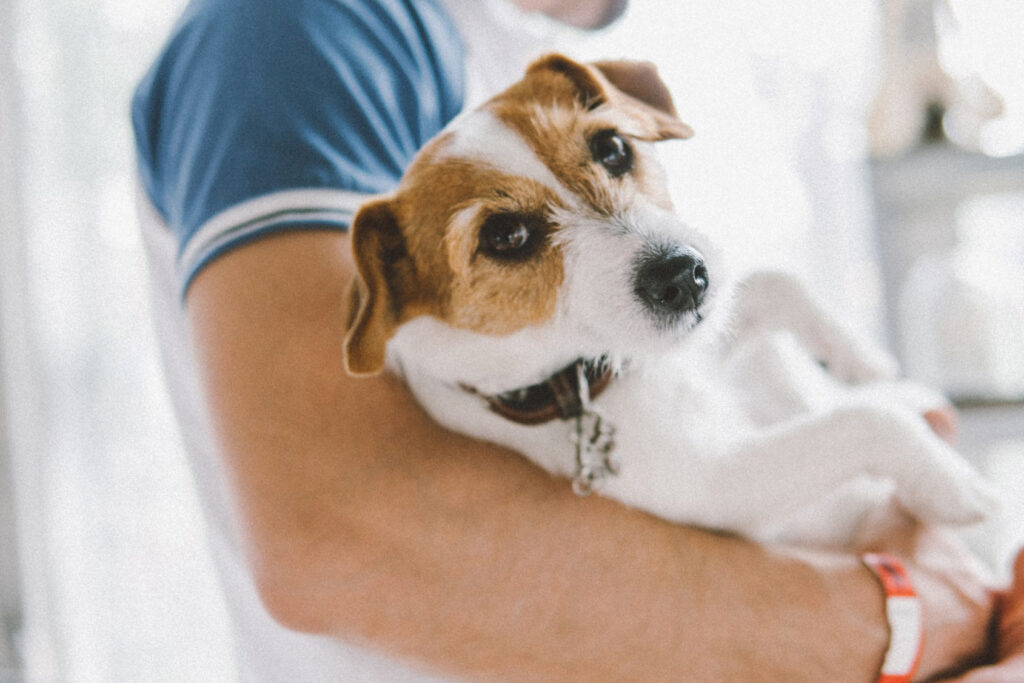
Expert tips from pet parents on what you need and what you need to know before adopting a new puppy, including timing and essential supplies
Two-thirds of all households in America own a pet, and ninety percent of pet owners describe their furry friends as “members of the family.” The endless number of adorable pics and videos on social media confirm that there is a great deal of joy being generated in these families, with adorable and goofy pets and parents making all of us smile, even if we don’t have one of our own.
[white_box]Join our community
For access to insider ideas and information on the world of luxury, sign up for our Dandelion Chandelier newsletter. And see luxury in a new light.
sign up now >
[/white_box]
If you include shelters, nonprofit rescues, private breeders and pet stores, its estimated that over 6 million dogs and cats will be adopted this year in America. Should one of them be going home with you?

Expert tips from pet parents on what you need and what you need to know before adopting a new puppy, including timing and essential supplies
Here’s our take on the factors to consider when you’re weighing the choice of bringing a puppy into your home, irrespective of where you decide to find your little darling. And also the items and support networks you need should you decide to take the plunge! It’s expert advice from one pet parent to another. And we hope it will help you make the right decision on whether or not to expand your family by one little dog.
11 Expert Tips on Not Going Berserk When you Adopt a New Puppy
The fun stuff – choosing a cool name, taking pet pictures and videos and sharing them on social media – is all stuff you don’t need us to tell you about. We feel that our mission is to tell you the things you might not want to know about – but that you need to know about.
Several of us here at Dandelion Chandelier have adopted puppies over the past couple of years (some as recently as three weeks ago!). Here’s our shared collective experience about what you need – and what you need to know – before adopting a new puppy.

Expert tips from pet parents on what you need and what you need to know before adopting a new puppy, including timing and essential supplies. Photo Credit: Dandelion Chandelier.
1. Make sure this is the right time.
did you just redecorate?
Only in hindsight did we realize that we picked exactly the right moment for a combination puppy adoption and home renovation. Because we knew that several pieces of furniture, the flooring in the kitchen and lots of the carpet in our home was going to be replaced in a matter of months, we were extremely relaxed (well, at least a bit less berserk) about puppy accidents and scratches.
Our advice? Maybe don’t bring a new pup home if you just moved into your ideally furnished dream house. Because accidents definitely happen. And they seem to frequently occur exactly where you hope they won’t.
what’s the weather forecast for the next three months?
We live in New York, and we brought our baby home just as spring officially arrived. We hadn’t given that any thought at all – but it turns out that it’s a lot easier to train a puppy when it’s balmy outside and no one minds running around outdoors. You really don’t want to be doing the heavy lifting of house training in the middle of a blizzard.
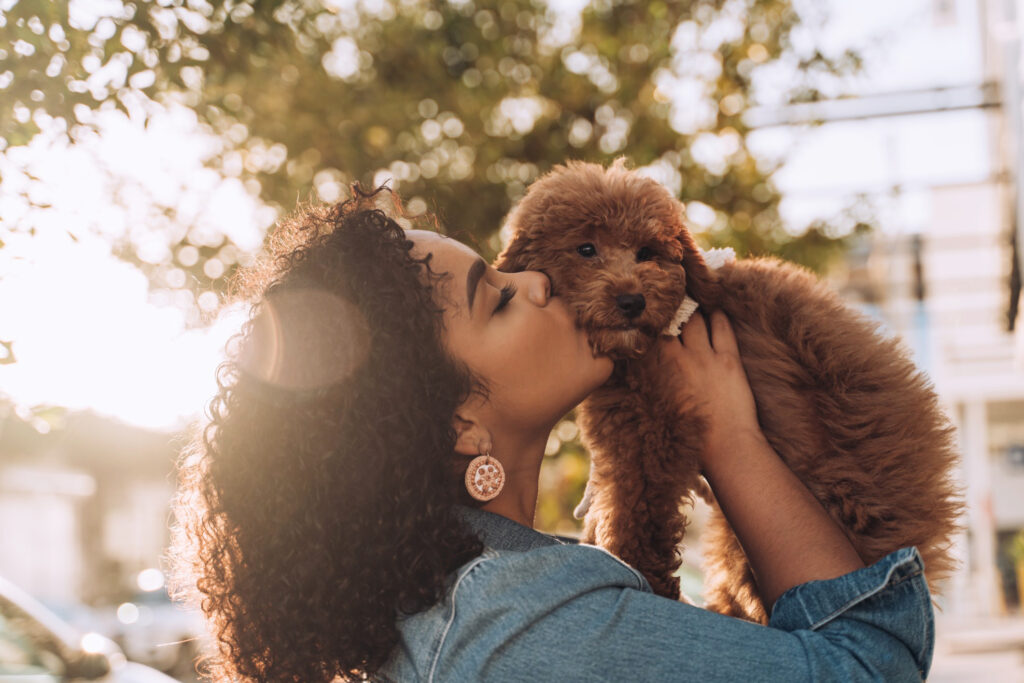
Expert tips from pet parents on what you need and what you need to know before adopting a new puppy, including timing and essential supplies
is the rest of the family ready?
And of course, you need to be sure that the family members who are most vocal in wanting to adopt a puppy are actually going to be in for the long haul with the hard work it will entail. You should assume that it’s going to be twice as hard as you think it will be. Make sure you’ve got the time and emotional space to nurture a little animal properly, and also that you have the financial resources (pet care can be astonishingly expensive). If you still want to do it, and your partners in this adventure are really up for it, then you’re probably good to go.
[white_box]Related Post
the luxury holiday gift guide: the best gifts for dogs
read more >
[/white_box]
2. Choose the right breed (and gender) for you.
One of our family members has wanted a Pembroke Welsh Corgi for about . . . well, a hundred years or so. So we didn’t have to think much about the ideal breed for our family. But if you don’t already have a dream breed, there are lots of resources on temperament, likely health issues and other factors for each dog breed.
While we knew we wanted a Corgi, what did turn out to require research for us was the best gender for our family situation. We had assumed that boy dogs are more aggressive, stubborn, and also perpetually on the hunt for a mating partner. Not so, at least when it comes to Pembroke Welsh Corgis. The males are known to be easier-going, less stubborn and more readily trainable than the females. They’re slightly better with kids and also more likely to bond to the entire household instead of just one person. So we ended up looking for a little boy, and that has turned out to be a great match for us.

Expert tips from pet parents on what you need and what you need to know before adopting a new puppy, including timing and essential supplies.
3. Find a reputable breeder, shelter or adoption service
We found our little darling via PuppySpot, an online aggregator that matches breeders and adoptive families in a highly efficient and customer-friendly manner. You can search their site based on breed, gender and age, and see photos and short videos of each puppy.
Another member of Team Dandelion Chandelier found her new dog on Petfinder, a great way to find a shelter dog or cat in your local area. The ASCPA and the Humane Society are also great resources for adopting a dog or cat.
Once you find your little one, any reputable service will require an interview to be sure you’re going to be a good pet parent. (Our PuppySpot interview lasted about 45 minutes, and was quite comprehensive).
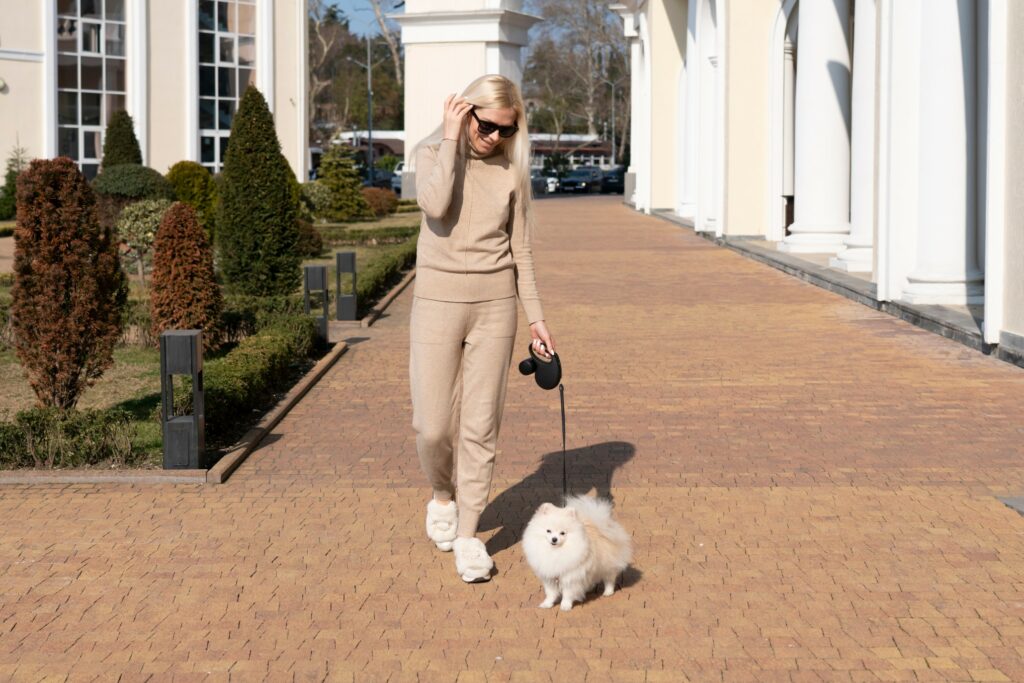
Expert tips from pet parents on what you need and what you need to know before adopting a new puppy, including timing and essential supplies.
Once you’re approved, at least on PuppySpot, you’ll get updates as your puppy grows and is examined by a vet. You’ll schedule an arrival day, and you can decide if you want to meet your new friend at the airport or have her delivered straight to your door.
We opted for door-to-door delivery from the breeder in Indiana, and a service called My Pet Cab worked with us. And on the big day, a kind driver arrived right on time with our new baby.
[white_box]Related Post
what are the best movies about dogs?
read more >
[/white_box]
4. Get the basic puppy supplies
As we prepared for our puppy’s arrival, Chewy became the new Bergdorf’s for us. We were on their site daily ordering puppy basics, like a crate, blanket, treats, a leash and collar, food and toys. For a great list of suggested items, have a look at what the author of Puppies for Dummies recommends, here.
Like a baby or toddler, you’ll need a repertoire of toys for your puppy, and expect some trial and error while you determine which ones she responds to. You’ll want active toys to get her playing with her new family. Self-soothing toys for when its nap time. Squeaky toys to amuse her. You don’t have to get them all at once – but as you learn what she likes, you buy 2-3 of the same toy for different rooms in your house.
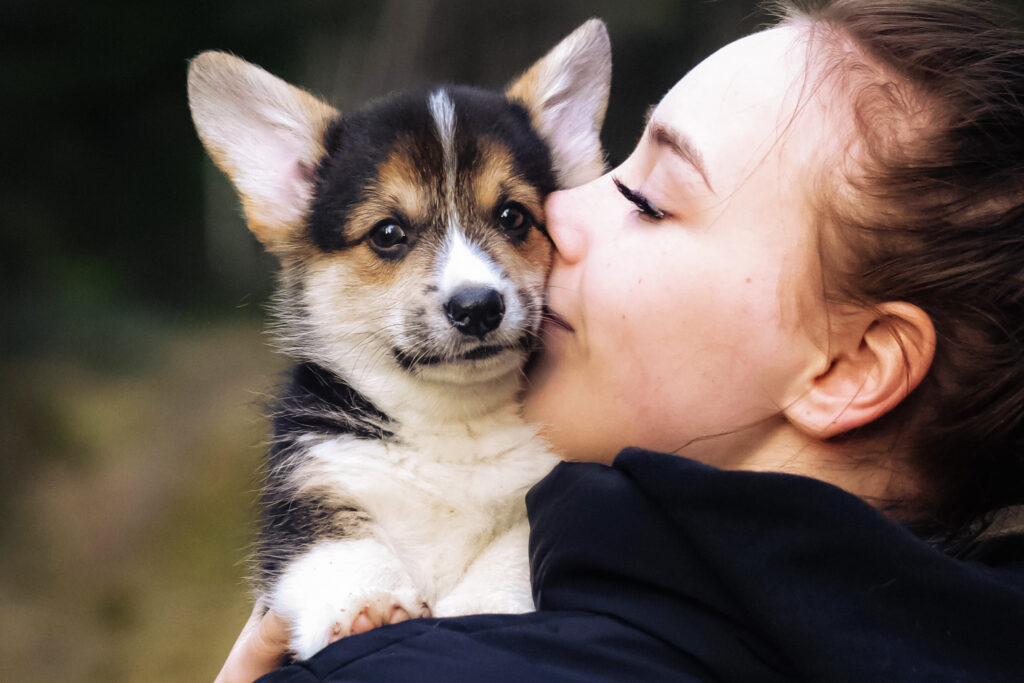
Expert tips from pet parents on what you need and what you need to know before adopting a new puppy, including timing and essential supplies
5. Find a good local veterinarian.
Trust us – you will not want a long car ride between your home and your vet’s office. If your puppy is like ours, she won’t much like being in a pet carrier in a car. Do both of you a favor and make it a short commute.
And rely on your vet the way you would your pediatrician. No question is “stupid,” and you’d be amazed how much wear and tear you can avoid by just asking the vet instead of trying figure everything out on your own.
We’ve asked our vet about everything from the sublime to the ridiculous, including how much food we needed, and what kind (wet or dry). Where to find a good puppy daycare center; a reliable trainer; whether puppies should actually wear diapers; and more. Your vet has seen it and done it many times before. Take advantage of their experience and don’t be embarrassed to tap into their wisdom.
[white_box]Related Post
your dog is adorable, but is she Ivy League smart?
read more >
[/white_box]
6. Get smart before you bring your puppy home.
On that note, you should plan to go to school on some puppy-rearing basics before you bring your little darling home.
there are pet-rearing videos galore online
Thanks to YouTube, there are a lot of videos with down-to-earth explanations on what to expect when you bring a puppy home. You can find one for the exact breed you’re adopting, and it will feel as if you are doing everything a responsible pet parent should do. For example, we watched 5 videos about Pembroke Welsh Corgis before our baby dog arrived.
Now, this may come as a shock to you, dear reader. But it turns out that not everything on the Internet, including puppy training videos on YouTube, is true. Or at least it’s not fully accurate.
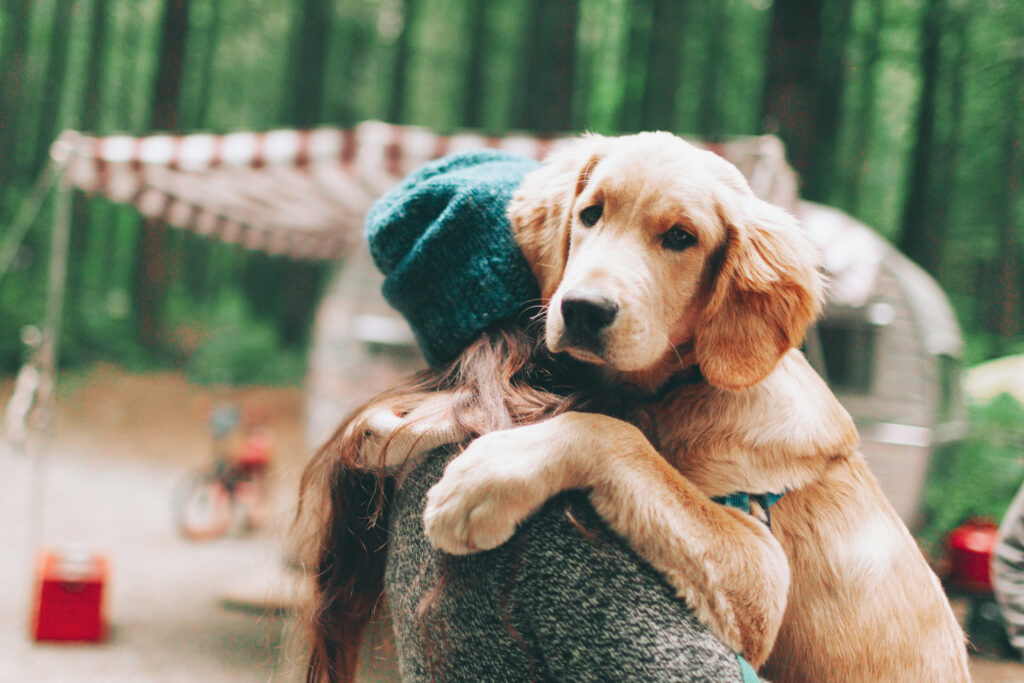
Expert tips from pet parents on what you need and what you need to know before adopting a new puppy, including timing and essential supplies
did you know that some online videos are not fully accurate?
Having watched all those videos we thought we had it all covered. Then we had our puppy’s first visit to the vet, and it turned out that some of the things we were told were wrong. Not harmful to the puppy – but not helpful, either.
Like we were told to wake the puppy up every 3 hours on his first night with us and take him outside to potty. The vet laughed and said “you don’t have to do it that often.” Gotta say, it would have been really good to know that before we spent his first night up all night! Sometimes it really is best to let sleeping dogs lie.
Based on your pet’s age, the “rules” for house-breaking and other basic pet care may be quite different than what you see online. Word to the wise: ask the vet.
[white_box]Related Post
what are the best new pet tech gadgets and toys right now?
read more >
[/white_box]
7. Assign puppy care duties – and stick to them.
As with any other family project, sometimes people talk a lot of smack about how much they’re going to help out, and then disappear when the going gets tough. So we agreed to write out a daily schedule of puppy-sitting and training and we held each other to it. The night shift is the worst for the first few days – so we passed that one around from one to the other.
8. Maintain your sense of humor.
Guaranteed, more than once you’ll look up after your new pup arrives and think: “Really? Who thought this was a good idea?”
For us, it was our puppy’s first night at home, and we were on the night shift. Despite the fact that he was sleeping peacefully, we did as the YouTube experts told us and woke him up at 1:00A so he could go outside to use the potty.
Standing in a dark cold suburban backyard, we were – as you might imagine – in a bit of a hurry for the big event to happen. After 5 minutes or so, when it didn’t, we thought, OK. He doesn’t have to go. Yay! Let’s get back inside!
Precisely 30 seconds after we were fully indoors, the blessed event occurred. Right in the middle of our kitchen floor. It’s reasonably hard to feel like a glamour girl when you’re mopping up excrement in the middle of the night. And trying to keep a little dog from stepping in it as you do so. So you just have to laugh. And get out the mop.

Expert tips from pet parents on what you need and what you need to know before adopting a new puppy, including timing and essential supplies
9. Hide your shoes. Buy Wellies.
Word to the wise – find all the wardrobe items you really don’t like anymore. And commit to wearing them exclusively for about a month while you and your new puppy adapt to your new lives together.
There will be potty issues, muddy walks, spills, sharp nails, nips and scratches. and lots of sitting on the floor. This is the moment for those ratty jeans and tees. And the sneakers you plan to throw out on your puppy’s first birthday.
On the other hand, if there any item of clothing, accessories, home décor or memorabilia that has any lasting importance to you, put it away for safekeeping. Bring it all back out to celebrate the day when you’re sure your pup is house-broken and reasonably obedient to your commands.
‘Cause just remember – if your little dog ruins your Gucci slippers, it’s your fault. Not hers.
[white_box]Related Post
so what’s it like to be a rich dog?
read more >
[/white_box]
10. Don’t delay training.
The videos we watched were adamant that puppy training begins the first day you bring the little one home, and we found that to be accurate. As easy as it would be to give in to whining, or give treats indiscriminately, or give up and promise yourself you’ll get around to it later, the faster you can train your puppy the better. Like so many chores in life, it doesn’t get easier with time.
We have reasonably sophisticated friends with puppies that are 6 months old and still not housebroken. You really don’t want to be that family, do you? Especially not when there are really good dog trainers available to teach you the ropes.
And if things get really bad, consider a technique called “imprinting,” which is basically sending your pup off for a few days for some intensive training from an expert trainer. Some of these programs are really long (like 21 days). But a week is plenty of time if the puppy is young.

Expert tips from pet parents on what you need and what you need to know before adopting a new puppy, including timing and essential supplies. Photo Credit: Dandelion Chandelier.
11. Stay focused on the long game: “puppy blues” are real.
Several people have told us that it will be MONTHS before having a puppy as part of your family starts to feel like normal life.
That sounds extreme, and yet we’ve heard it too often to not believe it. One reason is that they truly are little ones growing up – it’s not safe to take them to the dog park until they’re 6-7 months old, for example. So that vision you have in your head of puppy meet-ups in the park might take longer than you want to happen.
early puppy days are hard – and the nights are long
Instead, you’re more likely to experience what one of our team members did. “It was tough in an old New York City apartment with thin, creaky walls and floors, and we were absolutely overwhelmed with how often we had to wake up in the middle of the night and carry him down the stairs to go outside.”
Another team member was brutally honest about new puppy parenthood: “His breed is very strong willed and incorrigible, and we felt like we wanted to give up and send him back to the breeder.”
She recounts, “Another thing we learned is that any attention (good or bad) is positive to them. Our pup was always stealing stuff to get us to chase him around or give him a treat so that he would ‘trade’ and give up what he stole (usually a bra, or a sweater or shoes). We realized that ignoring him, rather than giving him attention for bad behavior, was what made him find stealing less exciting, And eventually he stopped relentlessly stealing stuff.”
you may regret your decision – you need to be honest about that
So prepare to be patient. There are lots of joys to come: wonderful walks in the neighborhood, puppy play dates, family holidays and all manner of happy times. But don’t be surprised if before those good days arrive, there are moments when you have “buyer’s remorse.”
Plenty of people get to a point where they seriously consider returning their puppy to the breeder, or giving her to a local shelter. Before you make a decision with lasting consequences, be sure you’ve really explored all your options. Have you tried a professional trainer? Or doggy daycare? One of our friends found a local kennel, and she would send her puppy there just for a night or two so that the family could get a break and then go back to training and adapting to life with a new dog.
We’re all human and if the puppy blues do set in, try to talk with friends and family and renew your energy for finding ways to make your new family happy and functional. As our team member observed: “When we heard friends talk about how they had the puppy blues, it made us feel less terrible about how we felt.”
All of us are keeping our little ones, but none of us would sugarcoat the experience of the first few months of puppy parenting. Go in eyes wide open, for your sake and for the puppy’s.
Tips on Not Going Berserk When you purchase or Adopt a New Puppy
Those are the 11 expert tips from pet parents we talked about about what you need and what you need to know before adopting a new puppy, including timing and essential supplies. It’s our collective take on how to successfully (and gracefully) find a new puppy and bring her home with a minimum of stress.
Like bringing home a new baby, it’s WORK. But there is real joy and love involved, too, and those things grow while the workload diminishes as time passes.
What do you think, dear reader? Is puppy parenting in your future? If so, we hope we’ll see you at the dog run in a few months.
join our community
For access to insider ideas and information on the world of luxury, sign up for our Dandelion Chandelier Newsletter here. And see luxury in a new light.








